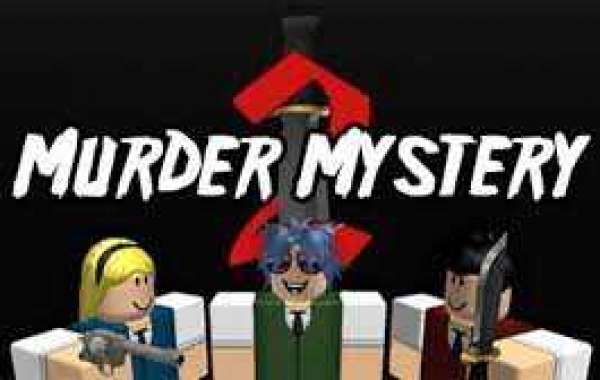Skeleton illustrations have long fascinated artists, scientists, and historians alike. Whether depicted in scientific anatomy books, Gothic art, or modern designs, the skeletal form has a timeless appeal. It blends precision, symbolism, and creativity into visuals that range from educational diagrams to haunting works of art.
The Origin of Skeleton Illustrations
The roots of skeleton illustrations trace back to the Renaissance period, when artists and anatomists worked hand in hand to study the human body. One of the earliest milestones was Andreas Vesalius’ 1543 work, De Humani Corporis Fabrica (On the Fabric of the Human Body). Vesalius' detailed skeleton diagrams set a foundation for both art and science.
These illustrations were not only accurate but artistic, often portraying skeletons in lifelike poses—walking, gesturing, or reclining against scenic backdrops. They showcased an understanding of human anatomy while transforming skeletons into powerful symbols of life, death, and existence.
Skeleton Illustrations in Art and Culture
Skeletons have always been a strong cultural motif, appearing in various art forms and symbolizing concepts such as mortality, rebirth, and the passage of time.
Memento Mori (Remember You Must Die): During the 17th century, skeleton illustrations became prominent in Memento Mori art. They served as a reminder of human mortality, encouraging people to live meaningful lives. These images often featured skeletons alongside hourglasses, candles, or wilted flowers.
Gothic and Dark Art: Skeleton illustrations became iconic symbols in Gothic art and literature. Artists embraced the macabre, often portraying skeletons in dramatic and eerie settings to explore themes of death, the afterlife, and the supernatural.
Day of the Dead (Día de los Muertos): In Mexican culture, skeletons (calaveras) are illustrated with bright colors and playful designs during the Día de los Muertos festival. These skeletons celebrate life rather than mourning death, creating a joyful yet poignant aesthetic.
Modern Pop Culture: Skeleton illustrations are now prevalent in tattoos, graphic design, fashion, and music. Bands like The Grateful Dead and artworks inspired by street art have brought skeletons into contemporary visual culture.
The Anatomy of Skeleton Illustrations
Skeleton illustrations require an understanding of human (or animal) anatomy. Scientific illustrators have meticulously studied bones, joints, and proportions to produce precise and informative drawings.
- Medical and Educational Diagrams: Skeleton illustrations remain central to teaching anatomy in medicine, helping students understand the structure of the human body.
- Artistic Interpretations: Artists often manipulate skeletal proportions or stylize bones for dramatic effects, balancing realism with creativity.
Illustrators like Leonardo da Vinci mastered both art and anatomy, producing skeletal sketches that remain influential today.
Skeleton Illustrations in Modern Design
Skeletons have become versatile elements in design. From Halloween decorations to logos and digital art, skeleton illustrations carry both playful and edgy undertones. Popular uses include:
- Tattoos and Body Art: Skeleton tattoos symbolize mortality, resilience, and transformation.
- Fashion and Decor: Skeleton motifs appear on clothing, accessories, and home décor to add a bold aesthetic.
- Graphic Design: Digital illustrations of skeletons offer a modern, stylized take on this classic form.
Symbolism Behind Skeleton Illustrations
Skeletons are more than anatomical studies – they represent profound ideas:
- Mortality and Life's Impermanence: Skeletons remind us of the fleeting nature of life, encouraging reflection.
- Transformation and Rebirth: In some cultures, skeletons symbolize cycles of death and rebirth.
- Strength and Resilience: The skeletal structure is the body’s framework, a symbol of enduring strength.
Conclusion
Skeleton illustrations hold a unique place at the intersection of science, art, and culture. Whether used for anatomical studies, symbolic art, or contemporary design, skeletons continue to intrigue and inspire. Their ability to blend realism, creativity, and meaning ensures they remain a timeless subject in visual storytelling.
From the detailed anatomical drawings of the Renaissance to today’s modern interpretations, skeleton illustrations are a testament to humanity’s enduring fascination with life, death, and everything in between.












